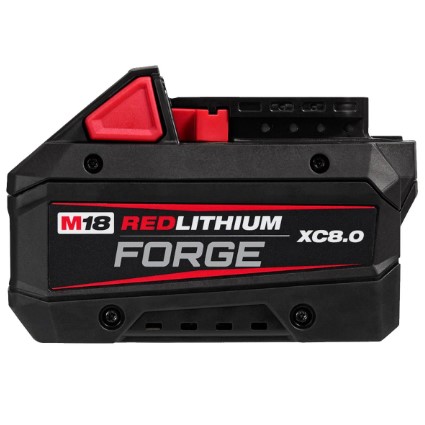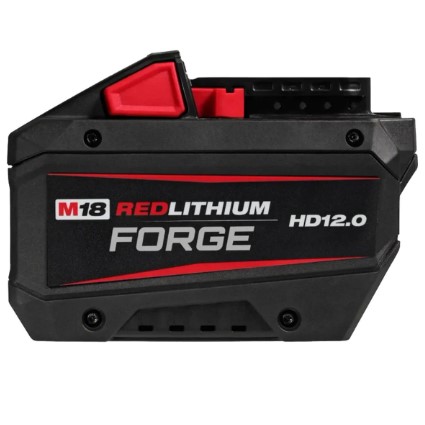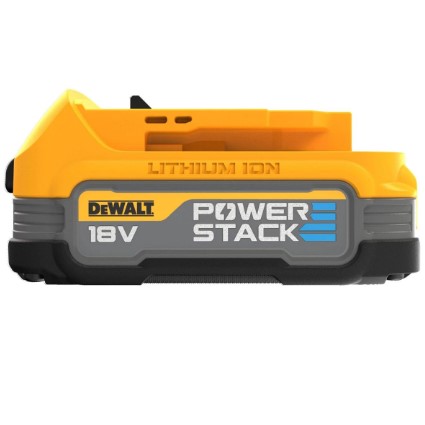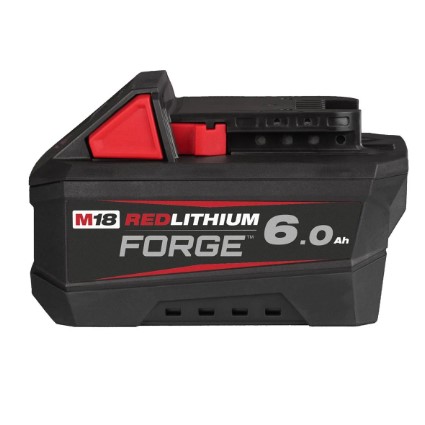|
The tradie community has heard the word 'tabless' a lot lately. But what exactly does it mean?
Tabless is a new lithium battery cell design that is emerging as a rival to pouch cell technology. We've seen it most notably with 2/3 batteries in Milwaukee's FORGE™ battery range.
There is a lot of technical jargon involved in explaining the ins and outs of tabless batteries – we'll get to that later. For now, all you need to understand is that tabless batteries use the traditional round cell form in a more advanced way, improving the older form's efficiency and lifespan.
In contrast, pouch cell batteries are flat and allow for a new, thinner design, with cells stacked on top of each other. DeWALT paved the way for this technology with their POWERSTACK™ range. Milwaukee does use it in the FORGE™ range, but only for the first 6.0Ah model (easing users into tabless, perhaps?) Both innovations are considered to be changing the game in cordless power tools... |
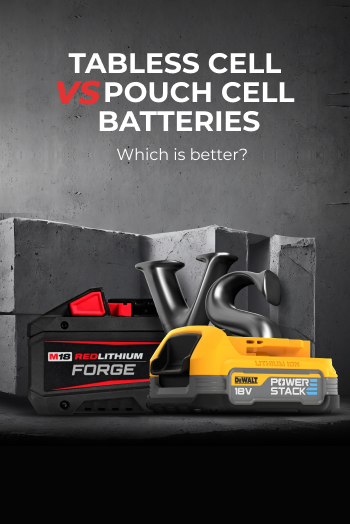 |
So which is better? Since the launch of Milwaukee FORGE™, doubt has been cast on the future of lithium-ion pouch cell technology. After all, N-Cad and Ni-MH batteries took a backseat since pouch cells became a thing. Now the question remains whether tabless will gain the same momentum.
![]()
Tabless Cell vs Pouch Cell Batteries
While we can't predict the future of battery engineering (like any technology, it never stops evolving), we can get an idea of where things are heading by taking a deep dive into this tabless cell vs pouch cell discourse.
Let's start with a detailed overview of each battery type.
What Does Tabless Technically Mean?
The word 'tabless' describes the way connections are made to the anode (-) and cathode (+) without the use of traditional tabs.
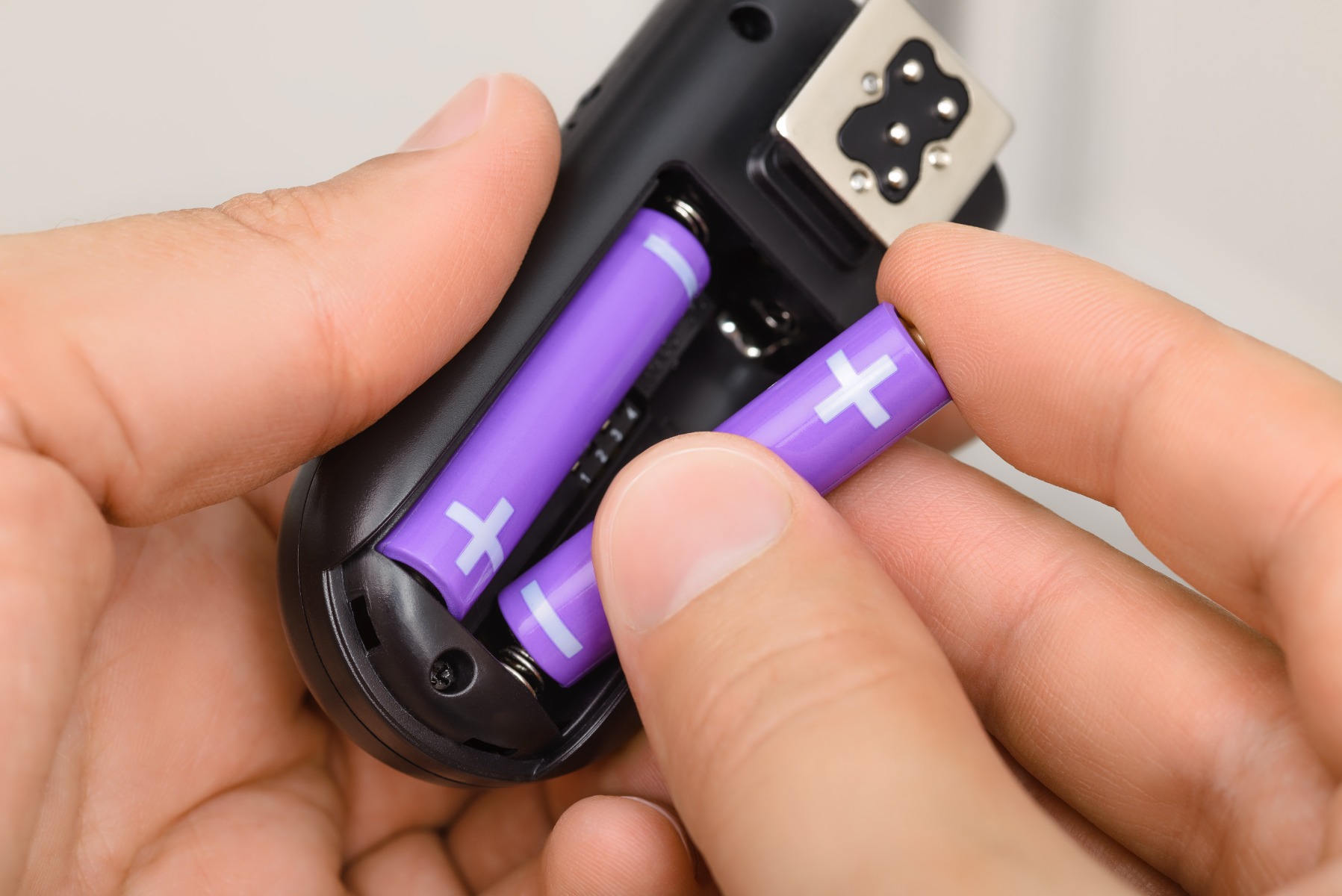
With a cylindrical battery, the anode and cathode are essentially two faces of a long strip, rolled into a cylinder shape. With these battery types, the connections between the positive and negative terminals are made with 'wires' (tabs) midway through the front and back (you can probably picture your standard AA batteries with a + and - on them...) That means the electrons would only ever have to travel along this strip (half its length).
When there's a high current, problems can arise as the electrons have to travel quite a distance – which can cause the battery to overheat. But with tabless batteries, they can connect along the entire length so that electrons don't have to travel any further than the width of the strip, rather than half the length.
This lower internal resistance can deliver more current and less heat, giving you more power.
What is a Tabless Cylindrical Cell Battery in Simple Terms?
The easiest way to explain tabless battery technology is to picture yourself in a large stadium.

Imagine you just watched a tense, long match that saw extra time and penalties. When the game ends, there is only one exit for the crowd to leave. It gets overcrowded quickly as everyone rushes towards it, agitated and eager to get out. People from the far side of the stadium make their way down as the crowd gets bigger, and it takes them ages to get there. Tensions rise as people bump into each other in every direction. It gets hot. Dangerously hot. Security is handing out water to keep people cool and hydrated. But really, they are treating a symptom to a problem, since the crowd won't clear...
Now, imagine the stadium is a battery. The people are electrons, and the exits are tabs. The electrons are trying to escape through just one tab. The expanding crowd makes them overheat, so they need to cool down quickly before the battery shuts down. That pretty much sums up the mechanics of a cylindrical cell battery.
With tabless cylindrical cell batteries, the stadium (or battery) is chockfull of exits (or tabs). Every section has one. Every attendee (or electron) leaves in an orderly fashion – cool and breezy. Overheating cannot occur because they are not in each other's space. Now, you can see how efficient that becomes.
So, contrary to what you might think, tabless does not mean a battery with an absence of tabs, but a plethora of them! Sometimes, they may even be referred to as 'multi-tab batteries'. The more you know!
What is Pouch Cell Technology in Simple Terms?
Now, with pouch cell technology, the mechanics are a little different.
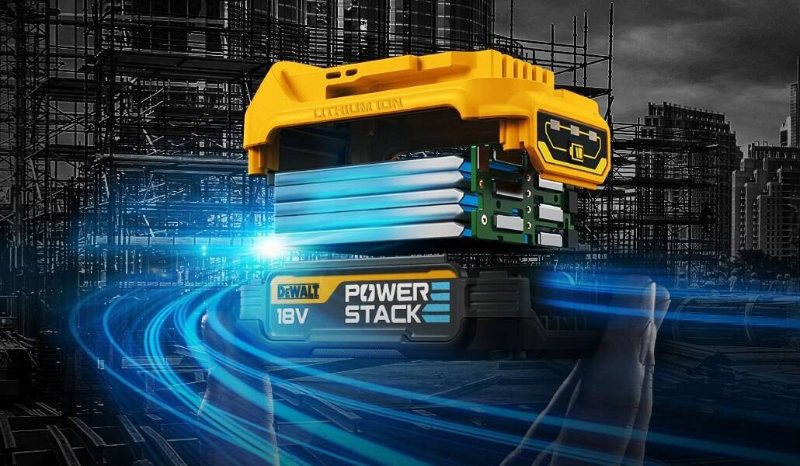
Less like the evacuation of a stadium, a lithium-ion pouch cell battery functions more like small cartons of orange juice. Confused? Let us explain. The juice carton is a soft, slim and flexible container that holds your drink – often compact enough for a child's lunchbox. It's lightweight and squishy and fits easily in your hands.
Inside, it is layered: you have the base at the bottom, the juice filling the carton, and air at the top. The juice drains out of the hole on top, giving you energy when consumed. But if you press too hard on the carton, it could burst.
Now imagine instead of a carton, it is a thin, soft pouch that holds all internal materials needed to generate power. The layers inside are the three important layers within a pouch cell battery, moving around to make everything work. They are the anode (the base), the cathode (the top layer of air) and the electrolytes (the juice itself). The juice = flowing energy used to power your device (rather than you). The easy-to-carry design = the lightweight pouch cells: much lighter than traditional batteries. And the bursting occurs from the pressure of overcharging and/or mistreatment. That's how pouch cells work.
In turn, if we stack these pouches (juice cartons) on top of each other, the power (energy) can be multiplied, allowing your tools to run faster and longer. Just like DeWALT POWERSTACK™ batteries!
![]()
Tabless vs Pouch Cell Technology: Pros and Cons
With many benefits to using both tabless and pouch cell technology, it is useful to weigh up the pros and cons of each in a transparent way to determine which is best for you.
Let's go through them together.
Tabless Cell Technology: Pros and Cons
Pros
- Better heat management: With tabless, the batteries are designed to allow more power to flow through, reducing the amount of heat generated. That means the battery runs cooler and is less prone to overheating – crucial for demanding jobs.
- Higher efficiency: Allow faster and more even distribution of electricity, which ensures power tools can run more efficiently and deliver more consistent performance, especially under heavy loads.
- Faster charging: With an improved current flow, it allows for faster charging times, meaning you can get your power tools back up and running quickly.
- Longer lifespan: Reduced heat generation means less wear and tear on the battery over time, which can extend the overall lifespan of the battery.
Cons
- More complex manufacturing: Tabless batteries require more sophisticated manufacturing processes. This can make them more expensive to produce, potentially raising costs for consumers.
- Limited availability: This technology is relatively new so it is not as widely adopted as traditional battery designs, meaning fewer options are available on the market.
- Bulkier: Tabless batteries are bigger in size, typically because cylindrical formats are a lot bigger than pouch cell formats, so this could impact the overall size of the tool.
- Heavier: Similarly, these batteries are also heavier than pouch cell batteries, which may cause hand strain when used over long periods.
Pouch Cell Technology: Pros and Cons
Pros
- Lightweight and flexible design: Pouch cell designs are very lightweight because they are compact in size. They don't require metal casings which makes them easier to handle, and an ideal choice for manufacturers looking to slim down their designs.
- Compact size: Flexible design allows cells to be molded into different shapes, making the battery slimmer and smaller. This can create more ergonomic and compact tools which are easy to store and transport.
- High energy density: Pouch cells are known for their ability to pack more energy into a smaller space, meaning your tool can last longer on a single charge without sacrificing power.
- Cost-effective production: Pouch cells are generally less expensive to make than tabless batteries, so may be a better option on a budget.
Cons
- Heat management: While pouch cells have less heat build-up compared to traditional cylindrical cell batteries thanks to their flat design, they can struggle more with heat dissipation than tabless batteries.
- Limited capacity: Many of the pouch cell batteries on the market have similar capacities to existing 5- and 10-cell cylindrical batteries. 15-cell is harder to come by. They are limited due to thermal endurance.
- Durability: The soft, flexible pouch can be more prone to physical damage compared to sturdier tabless battery designs. A puncture or heavy drop could compromise the battery's functionality or safety.
- Potential swelling: Overtime or with improper use (like overcharging or overheating) pouch cells can swell. This can impact both the performance and safety of the battery, leading to a shorter lifespan.
Pouch Cell vs Tabless: Which is better?
After weighing up the pros and cons, we can determine that:
- Tabless Batteries are ideal for high-demand, heavy-duty power tools that require long-lasting, efficient power without overheating. They offer improved performance but may come at a higher cost and can be bulkier.
- Pouch Cell Batteries are a great choice for lightweight, ergonomic power tools, especially when compactness is important. However, they may not handle extreme heat or heavy use as well, and durability can be an issue.
So, if you want to excel in durability, heat management, and performance, choose tabless batteries; but pouch cell batteries are a better choice for flexibility, weight, and compact design.
'But which is better?!' you scream. That depends on how we are measuring them to be better.
In terms of longevity, tabless looks like it is giving pouch cells some competition. For daily use, a compact and lightweight pouch cell design may seem more useful.
But if we're measuring this by popularity, then sorry to disappoint: we don't have an answer for you. Only time will tell on that front – and there is sure to be more to come.
![]()
Tabless Cell Batteries Shopping List
If you want to try Milwaukee FORGE™ tabless batteries, check out our stock!
| Product Code | Features | Add to Basket |
|
M18FB8
|
|
|
|
M18FB12
|
|
|
Pouch Cell Batteries Shopping List
These pouch cell batteries are a hit with our customers! Why not give them a go?
| Product Code | Features | Add to Basket |
|
DCBP034-XJ
|
|
|
|
M18FB6
|
|
|
![]()
Learn more about Tabless vs Pouch Cells
We've covered tabless technology in some great detail by now! Find out even more information by heading to our related blog posts.
And save BIG on Milwaukee FORGE™ by shopping our exclusive PERFECT MATCH deals.
Follow us:
- Facebook: ukplanettools
- Instagram:@ukplanettools
- TikTok: @ukplanettools
- YouTube: @UKPlanetToolsltd
